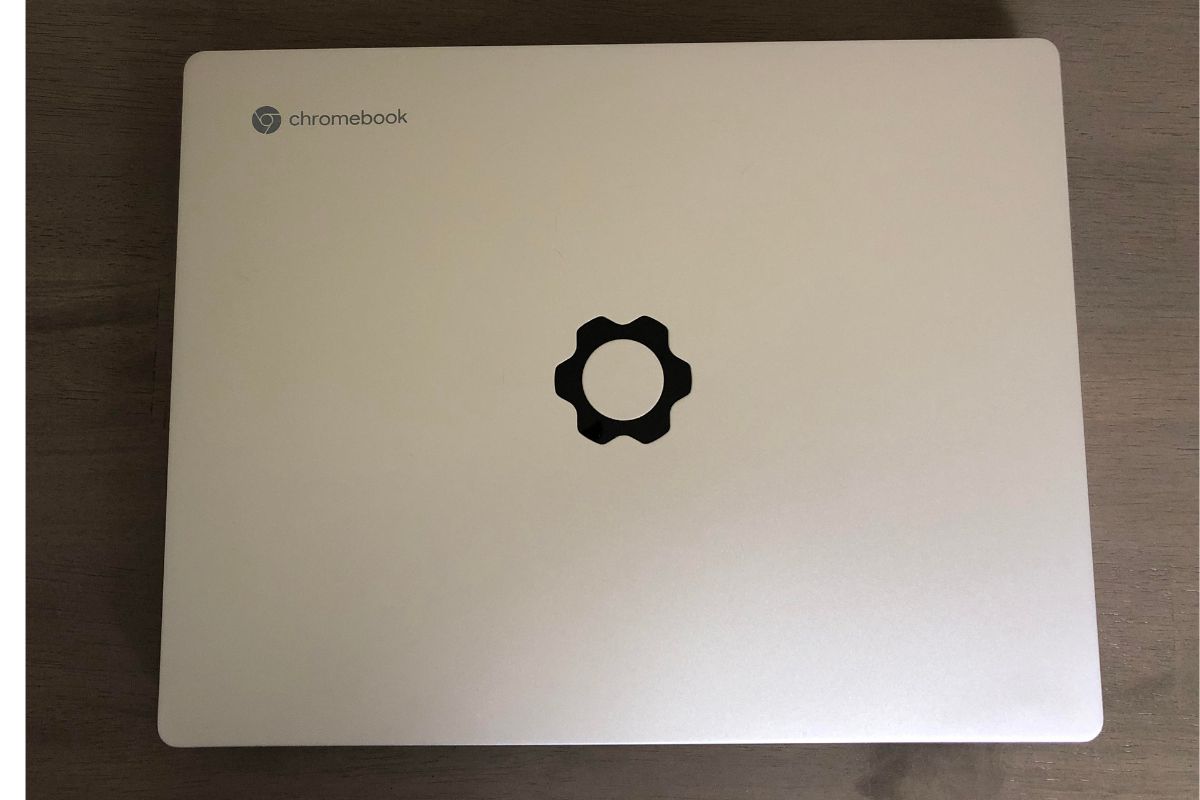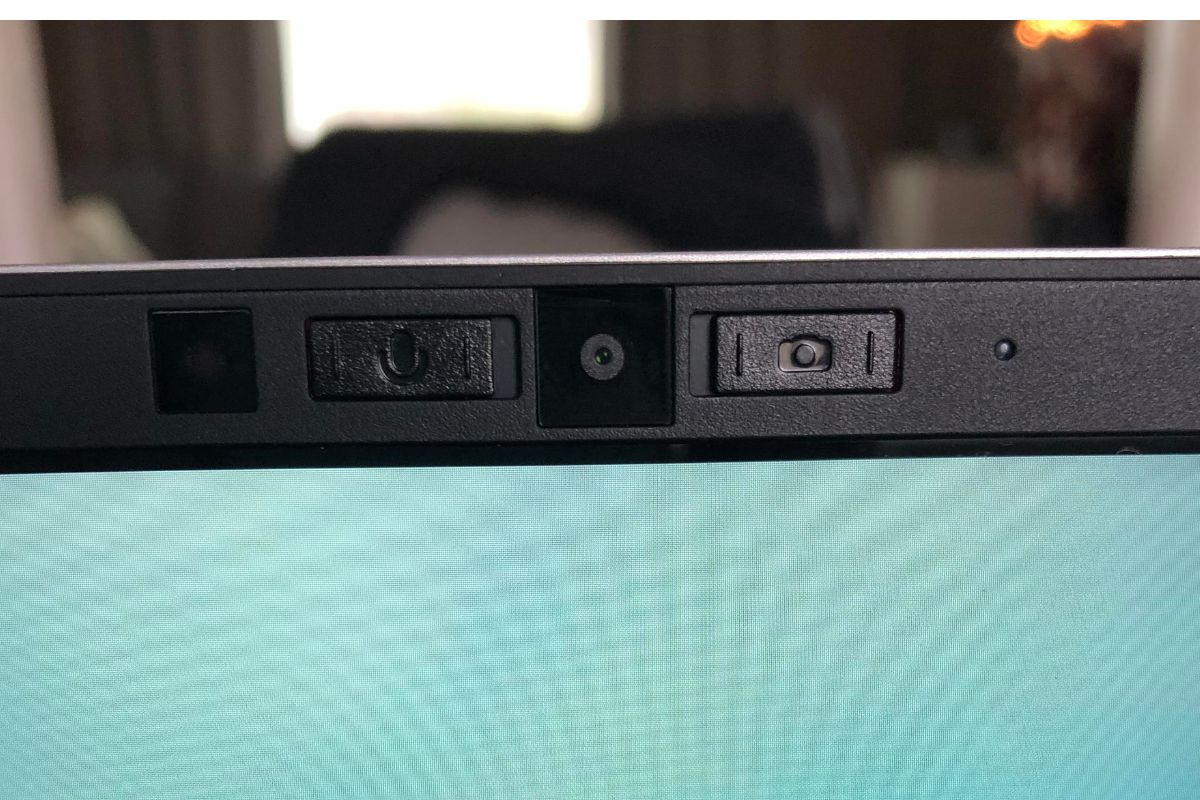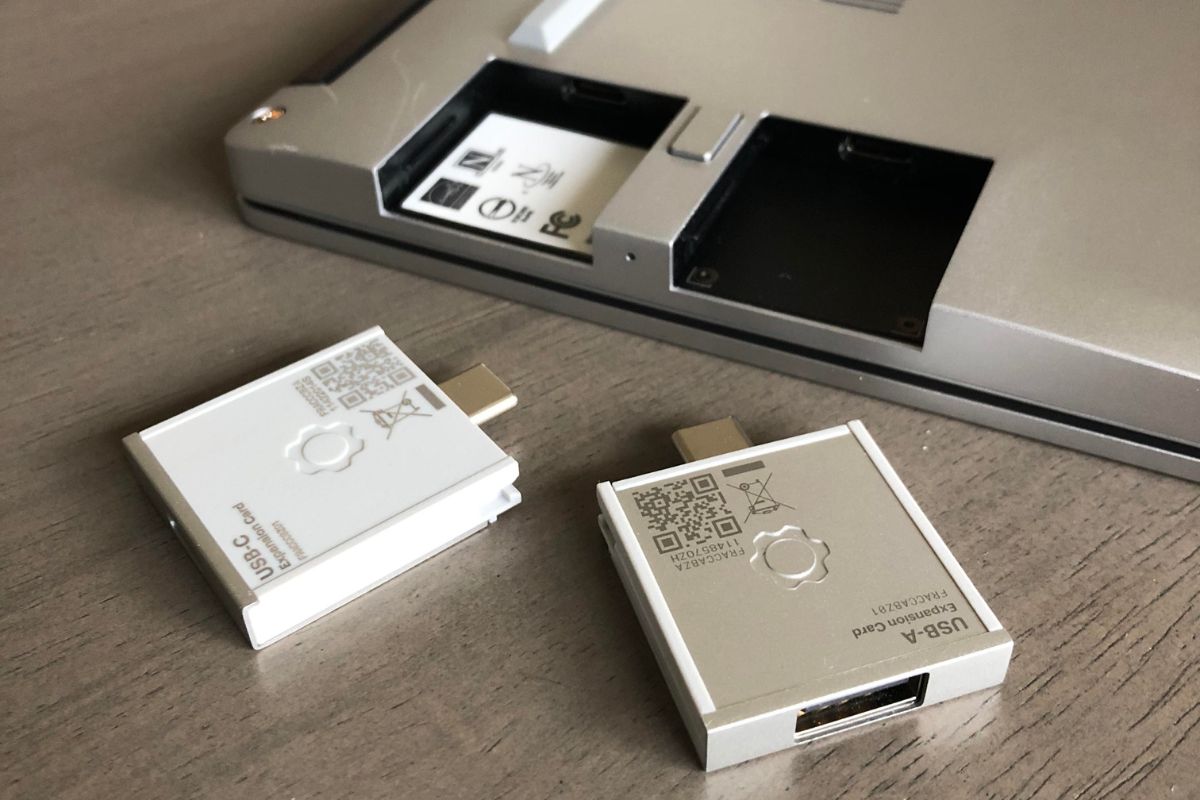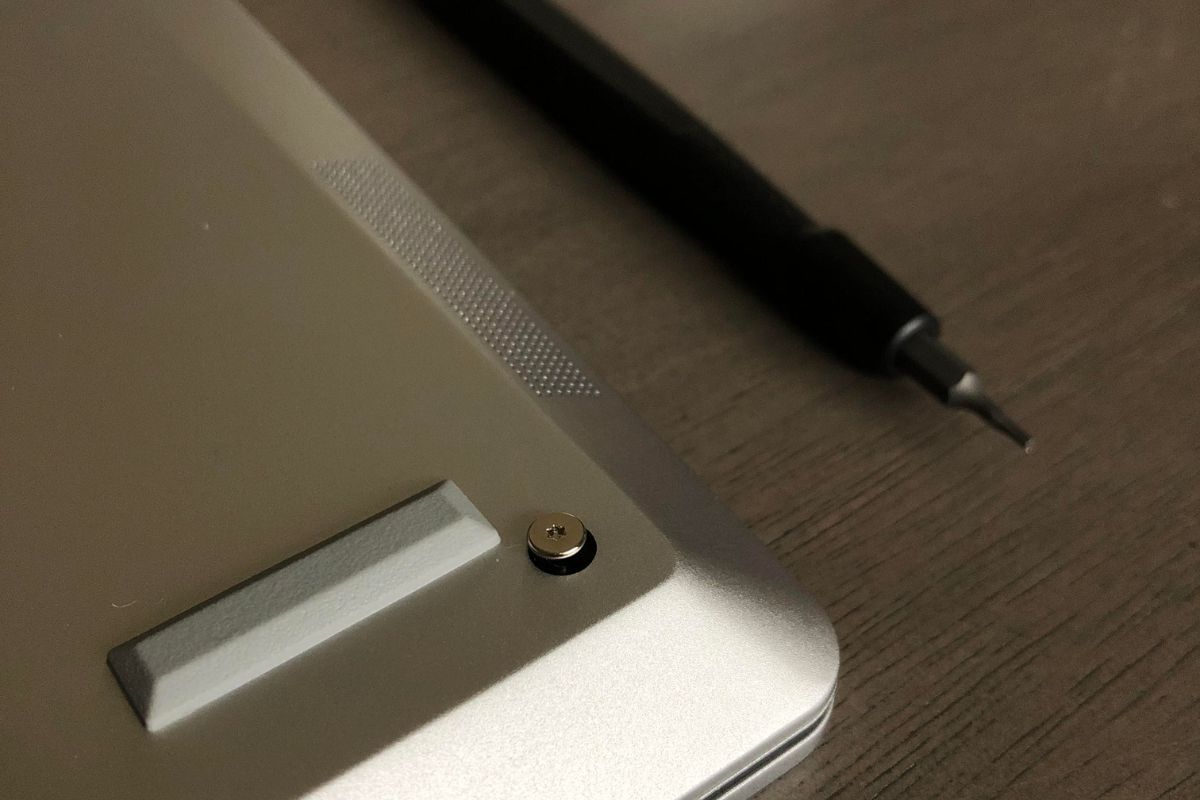Expert's Rating
Pros
- Strong performance
- Upgradeable
- Hot-swappable ports
- 1080p webcam
Cons
- Expensive
- No touchscreen display
Our Verdict
The Framework Laptop Chromebook is a fantastic pick for those wanting to extend the life of their machine.
Every now and then, a unique laptop comes along and dominates my every waking thought. I’m a huge fan of innovative design that inspires, and that’s exactly what the Framework Laptop Chromebook does. Its modular design allows you to upgrade and repair almost every part of the laptop, and I couldn’t be more excited. It’s the kind of device that welcomes—no, strongly encourages you—to get in there and tinker away.
The modular design is great and all, but the Framework Laptop also offers strong performance as well as a bright and vivid display. The one major drawback is the high price tag. That said, you get what you pay for. The chassis feels strong and durable, and battery life is stellar. It definitely feels like a premium machine, a step up from most run-of-the-mill Chromebooks. This laptop may not be for everyone, but if you like tinkering, then it’s well worth considering.
This review is part of our ongoing roundup of the best Chromebooks. Check it out if you’re looking for more options.
Framework Laptop Chromebook: Specifications and features
The Framework Laptop Chromebook comes in just one configuration and it’s only available on frame.work. Our review unit is packing an Intel Core i5-1240P CPU, Intel Xe graphics, 8GB of RAM, and 256GB of NVMe SSD storage. The 13.5-inch display has a resolution of 2256×1504 and an aspect ratio of 3:9. The one configuration would be rather limiting if you couldn’t upgrade the memory and storage or swap out the ports. Framework gives you the option to mix and match your ports and parts at checkout.
- CPU: Intel Core i5-1240P
- Graphics: Intel Xe
- RAM: 8GB (upgradable to 64GB)
- Storage: 256GB NVMe SSD (upgradable up to 1TB)
- Display: 13.5-inches, 2256×1504
- Ports: USB Type-A, USB Type-C, DisplayPort, microSD, HDMI, Ethernet
- Weight: 2.9 lbs
- Color: Silver
- Battery capacity: 55Wh
- Price: $999
Framework Laptop Chromebook: Design and build

IDG / Ashley Biancuzzo
If there’s one word to describe the Framework Laptop Chromebook, it’s this: clean. The brushed-silver finish is sleek as hell. The exterior feels buttery smooth as well, which pleases this tactile-based reviewer. Framework’s dark, glass-like gear logo on the top lid nicely complements the silver exterior. It’s the same design blueprint of other Framework laptops. That’s not a dig, as those laptops are absolute beauties.
As far as build quality goes, it’s pretty damn solid. For a $999 Chromebook, I expected nothing less. When I opened the lid, I was able to do it with one hand and it went up in one smooth motion, without any interference from the hinge. The keyboard deck has a little bit of flex to it, but not enough to concern me. When I pushed and pulled the display with both hands, it twisted a little and I heard some creaking. Overall, it feels like a durable, well-made machine.
According to Framework, the laptop is made of 50 percent post-consumer recycled aluminum. This is fantastic news, especially if you’re eco-conscious. It’s also rather lightweight at 2.9 pounds. I was able to hold the machine with just one hand, though I don’t recommend doing so, especially if you’re accident-prone.
Framework Laptop Chromebook: Keyboard, trackpad, and webcam

IDG / Ashley Biancuzzo
I enjoyed typing on this keyboard, as the keys offer a springy response. I like that the keyboard is black in color, as it really stands out against the silver chassis. The contrast between key and text makes it easy to identify specific keys, too. Initially, I found it annoyingly easy to accidentally hit the mute key whenever I adjusted the volume. It’s not a huge deal, but it took some getting used to.
The squarish trackpad is enjoyable, with a glass-like surface that feels nice and smooth, and that accurately responds to multitouch gestures. When I pressed down on the trackpad with two fingers, it produced a pleasant click that was solid but discreet. As far as trackpads go, I had zero complaints. It worked just like it should and I adapted to it quickly.

IDG / Ashley Biancuzzo
I’m of the opinion that 1080p webcams should be included on all new laptops going forward. Remote work is more common nowadays and if you’re doing a great deal of videoconferencing, you’re going to want to look your best. The Framework Laptop Chromebook has a nice 1080p webcam with built-in buttons that allow you to physically mute yourself and switch off the camera.
Framework Laptop Chromebook: Display and audio

IDG / Ashley Biancuzzo
I was pleasantly surprised by the 13.5-inch 1504p display. It’s crisp and bright, and the colors are vibrant. When I watched the stunning reveal trailer for Hades II, a rogue-like game about the Grecian gods, the colors were absolutely scrumptious. The 3:9 aspect ratio is nice, too. It’s the perfect size for productivity tasks, which is always a plus in my book. My only nitpick is that it’s not a touchscreen display. For $999, I expected the display to at least have touch support.
The audio, which fires upwards from the keyboard deck, is rather punchy. When I listened to an episode of My Brother, My Brother and Me, Griffin McElroy’s cackling laughter was so loud that I had to turn down the volume. Having just reviewed a laptop with downward firing speakers, I’ve seen how the position of the speakers really makes a world of difference. Downward firing speakers definitely sound more muffled.
Framework Laptop Chromebook: Connectivity

IDG / Ashley Biancuzzo
The connectivity options are one of the most interesting things about this laptop, as the ports are hot-swappable. All you have to do is just slide the cartridge-like ports (aka expansion cards) into one of the four slots located underneath the laptop. In other words, you can choose which ports you want for this Chromebook, an incredibly innovative offering from Framework.
When you buy the Framework Laptop Chromebook, you have the choice of USB-A, USB-C, microSD, HDMI, DisplayPort, and ethernet. You can select four of these at checkout if you’re going with the $999 configuration. Any additional ports will cost extra. The a la carte prices range from $9 to $39 depending on the type of port.
Framework Laptop Chromebook: Upgradability

IDG / Ashley Biancuzzo
I’ve never used a Framework laptop before, and I’m very pleased it’s a machine I can easily tinker with. The idea of cracking open a laptop used to cause me anxiety. What if I screw up something and end up spending hundreds of dollars? Fortunately, Framework makes the whole experience exceedingly easy.
I was able to crack open the laptop in a few simple steps. First, I turned the laptop upside down and used the included screwdriver to undo five screws on the bottom of the machine. The screws are designed to stay in place. I then flipped the laptop right side up and gently pulled back the keyboard, which is attached via magnets, to reveal the hardware.

IDG / Ashley Biancuzzo
As you can see in the image above, the hardware is marked with QR codes. If you scan these codes with your smartphone’s camera, you’ll be directed to the appropriate page on Framework’s website. Need to replace the fan or upgrade your memory? Just scan the QR code and you’ll be directed to repair information, replacement parts, and so on. It’s truly ingenious.
Framework Laptop Chromebook: Performance
The Framework Laptop Chromebook offers zippy performance, especially when it comes to day-to-day tasks like web browsing and watching YouTube. I tend to operate in a sea of open tabs and was able to jump between 15 browser tabs with relative ease. I didn’t notice any lag at all.
Here’s how the Framework Laptop Chromebook performed in various web-based benchmarks:
- CrXPRT 2: 146
- Speedometer: 232
- Basemark Web 3.0: 1132.95
- Kraken: 489.9ms
- Jetstream 2: 214.09
The CrXPRT 2 performance benchmark determines a Chromebook’s speed and is a good indication of how it handles everyday tasks like playing games, surfing the web, and so on. Thanks to the Intel Core i5 CPU, the Framework Laptop Chromebook turned out a solid score of 146. By comparison, the similarly spec’d Acer Chromebook Vero 514 yielded a score of 150. Although the Vero 514 scored marginally better than the Framework, you’re not going to see a huge difference in performance between the two. Both are reliable, but the Vero 514 is much more affordable.
Framework Laptop Chromebook: Battery life
When I ran the CrXPRT 2’s battery benchmark, which cycles through videos and a series of tasks, the Framework Laptop Chromebook lasted about 12 hours on a single charge. As far as Chromebooks go, that’s par for the course. The important takeaway is that this machine exceeds a typical workday. Again, the more affordable $600 Vero 514 with similar hardware bested the Framework, making it to the 14 hour mark without breaking a sweat.
Should you buy the Framework Laptop Chromebook?
The Framework Laptop Chromebook is an excellent choice for those looking to extend the life of their machine, as you can replace or repair almost every part of the hardware. It’s also just a good everyday laptop. Performance is snappy enough for day-to-day tasks, and the display is bright, and the hot-swappable ports make it a really versatile device as well.
Is this laptop for everyone? Probably not. The price tag is rather high for a Chromebook, especially one without a touchscreen. That said, this is one of the most unique and innovative devices I’ve ever had the pleasure of reviewing. This kind of laptop really targets a specific niche of people, so if you fancy yourself a tinkerer, then this could be the machine for you.





